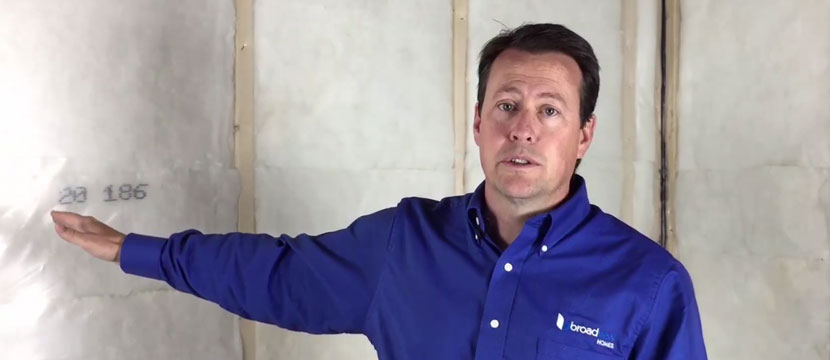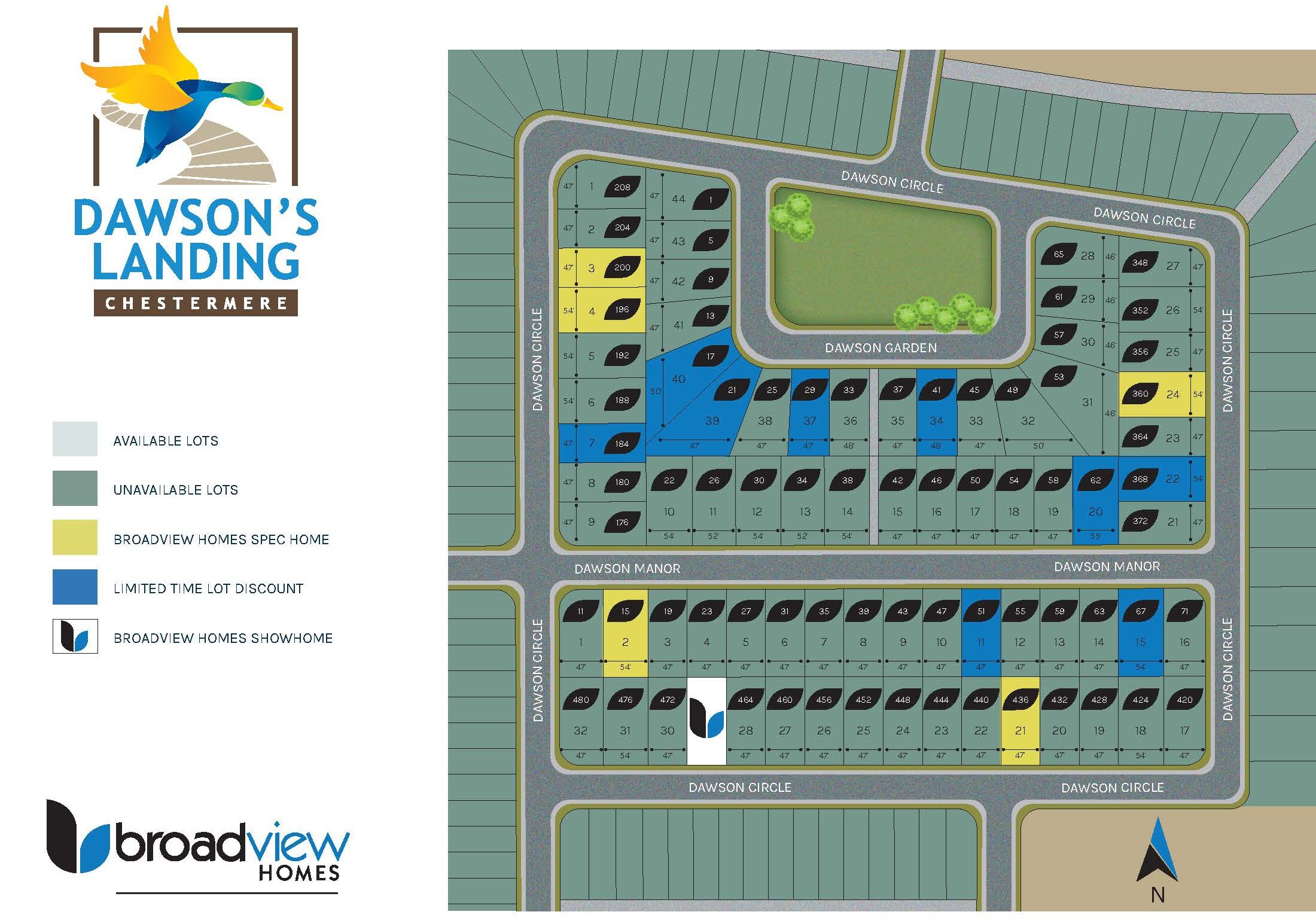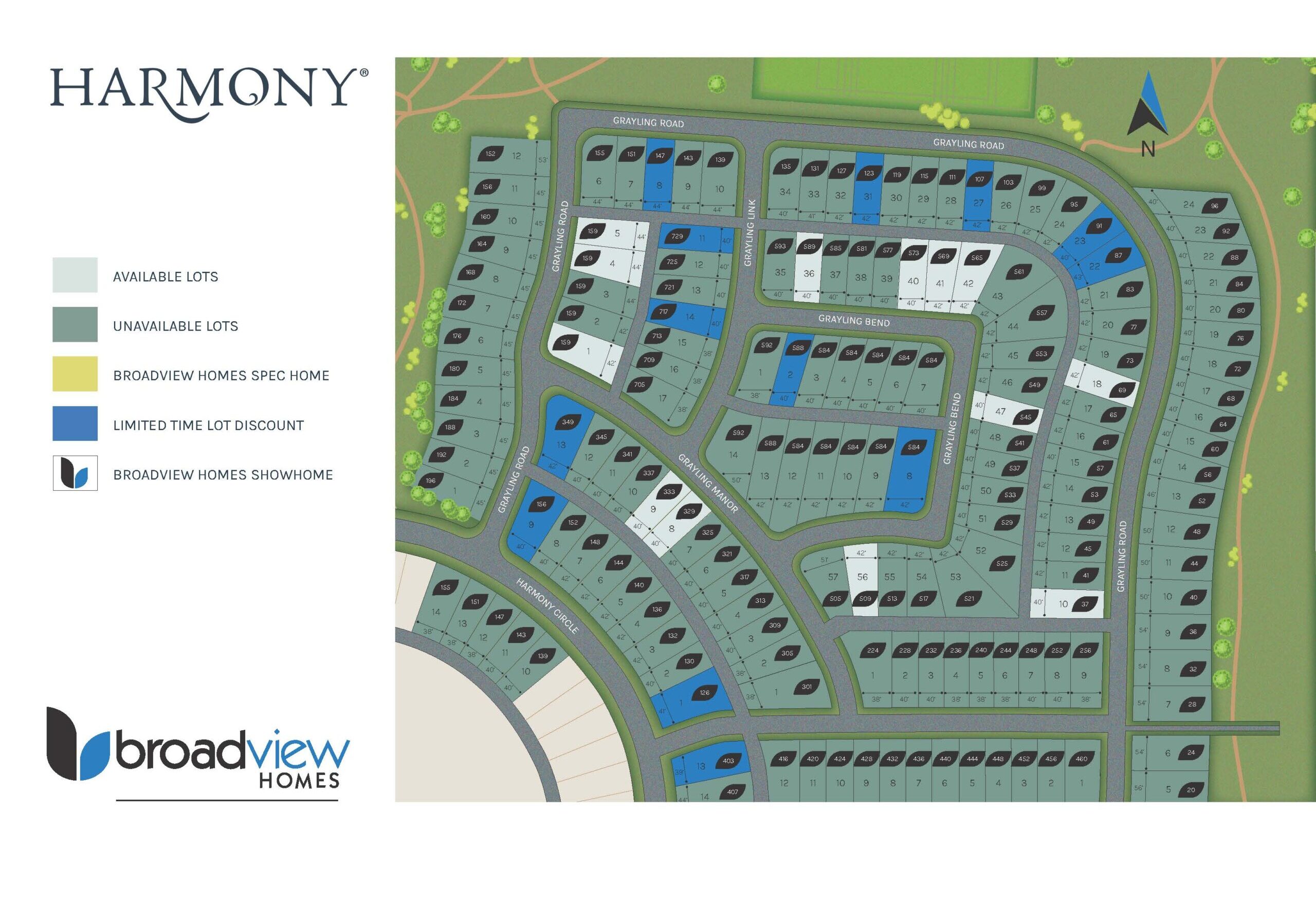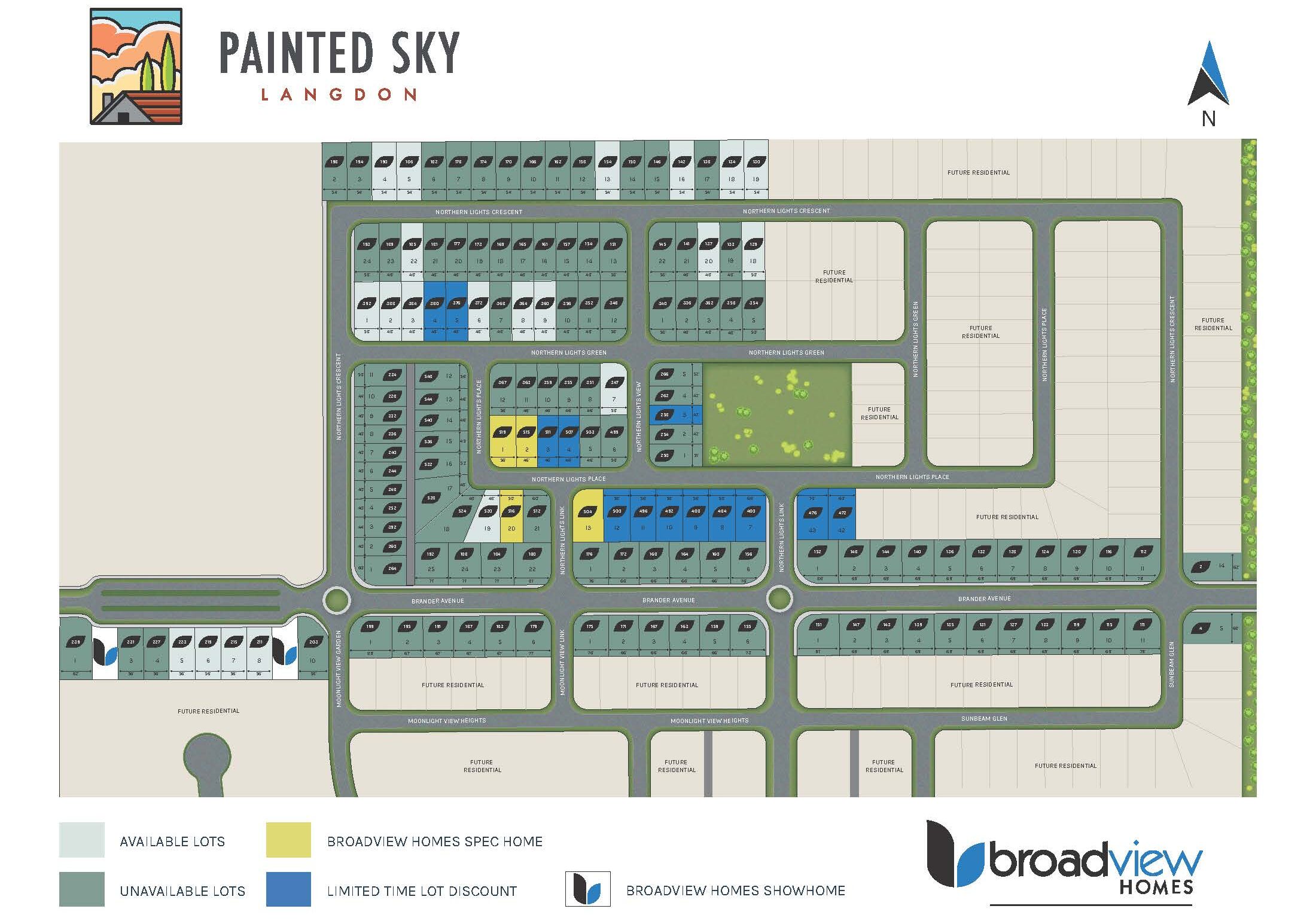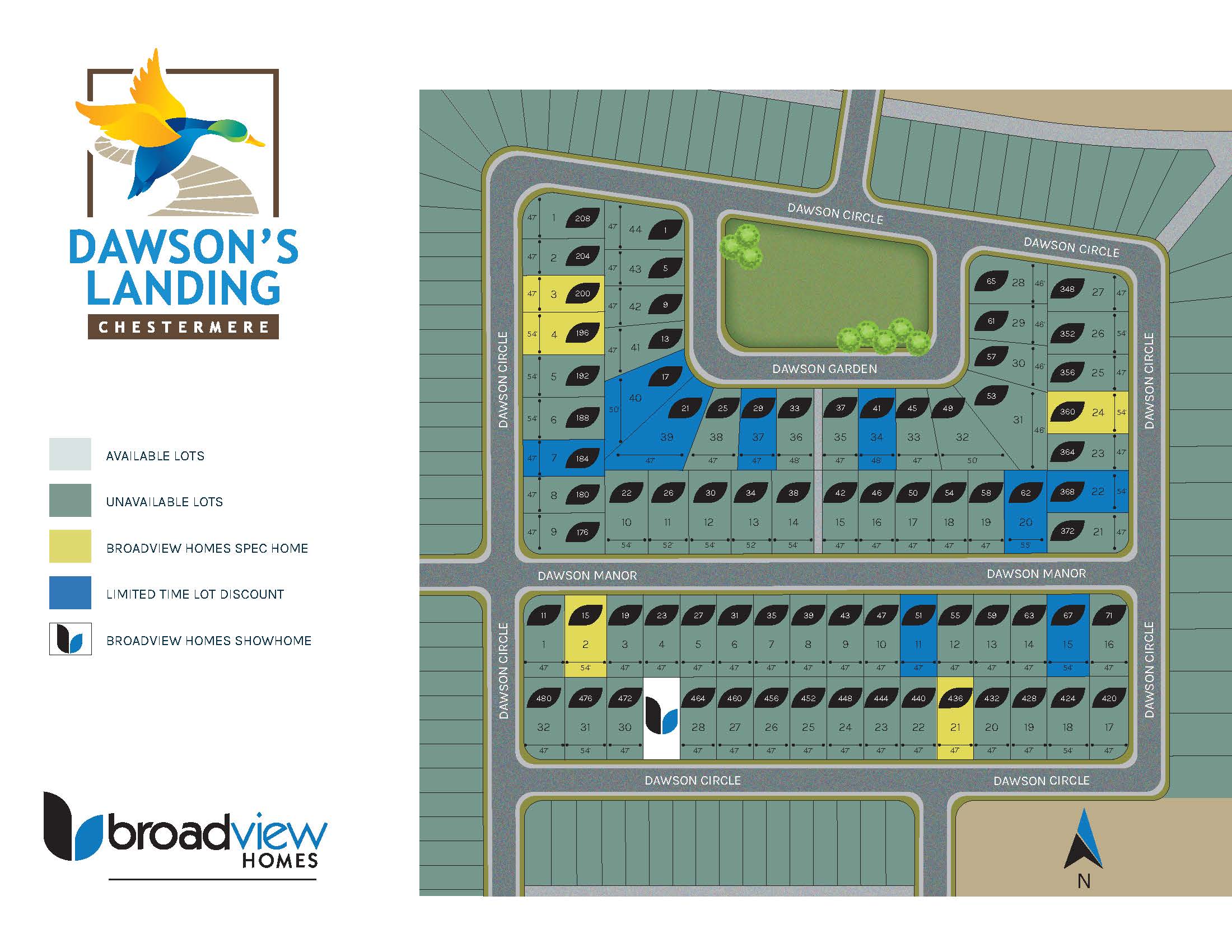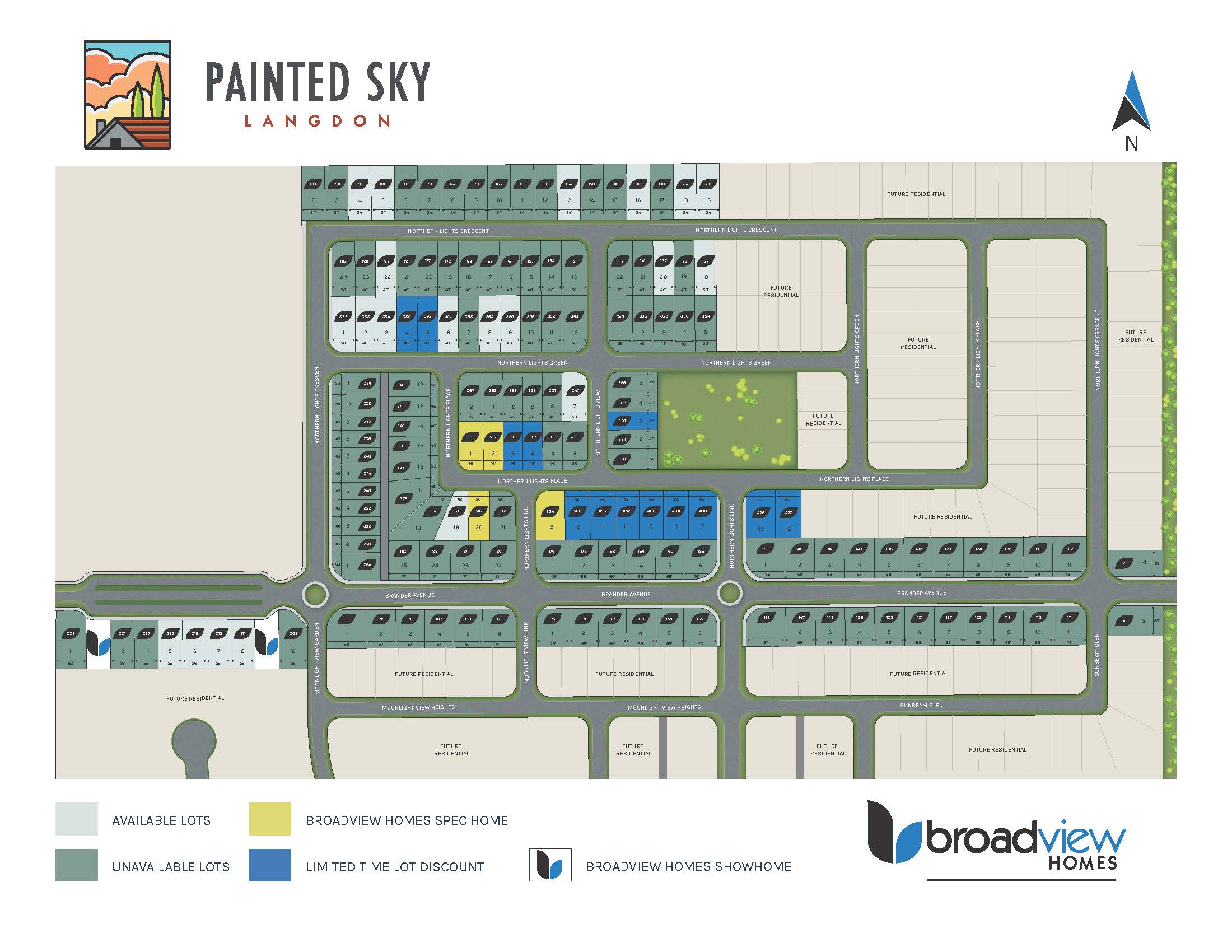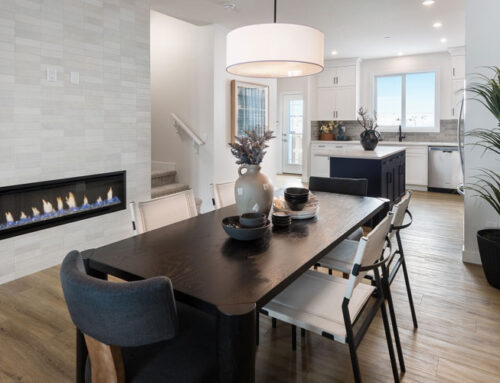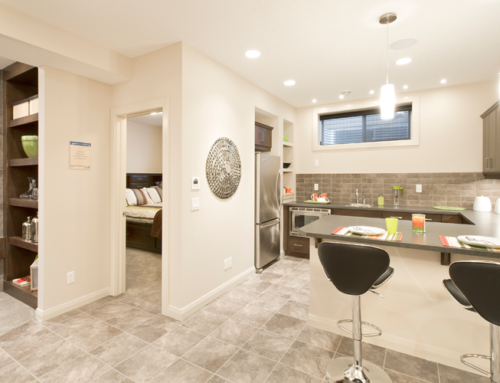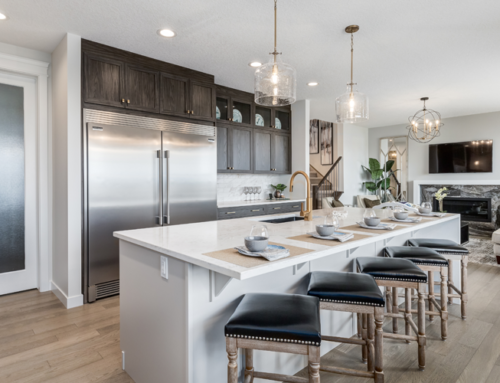Ever experienced a cold basement? At Broadview Homes, we’re changing the way we construct and insulate our basements to ensure that our homeowners don’t experience that cold feeling.
Basements in Canada face serious challenges ranging from water penetration to condensation and heat loss. Most common practices for finishing a basement rarely take into account the added moisture below grade nor the amount of heat lost to the ground. Typically, most basement walls are under-insulated and trap moisture, which can lead to condensation, mould and rotting walls.
By switching to a more energy-efficient approach, Broadview has adapted the techniques we use to construct our basements and are now leading the industry in energy-efficiency. Some of the improvements to our basement include:
- 1 ½ to 2 inch air gap between the concrete basement walls and framing,
- 2×6 wall construction for the exterior walls,
- 24 on centre spacing to decrease thermal bridging,
- increased insulation to R20, and
- high-density foam along the perimeter of the basement walls.
All of these elements contribute towards creating a continuous barrier in the basement. This barrier is further enhanced by not mounting any fixtures into exterior walls, and by using the insulating foam in hard to reach places and above windows, which typically have the lowest insulation. The fire guard on the foam increases safety and better protects people in the basement.
As a result of these changes, homeowners will notice a warmer basement without any cold drafts coming from the exterior walls.
Watch the video, as Jon Turton, Construction Manager for Broadview Homes explains this energy-efficient approach to new home construction.
